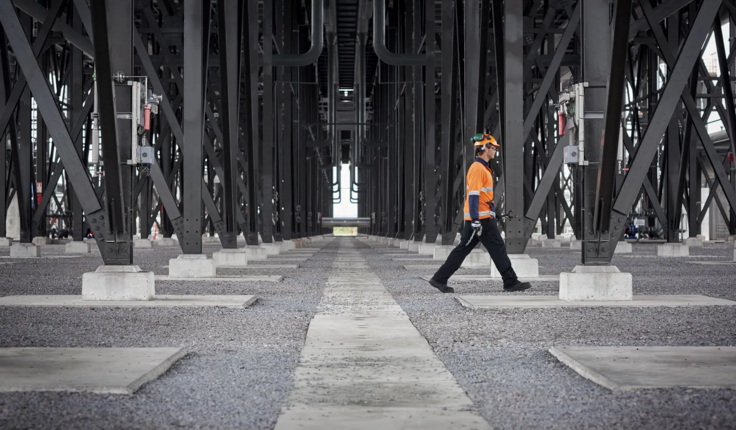News
Build or maintain?
Posted 27 02 2024
in News

New Zealand’s infrastructure asset value, investment, and depreciation, 1990–2022
The New Zealand Infrastructure Commission has released it's most recent insights report. A summary of the report is below.
The benefits that we experience from infrastructure today depend upon past decisions about how to plan, build, and maintain these assets. Similarly, our current decisions will affect the quality and quantity of infrastructure services for future generations. Maintaining and renewing existing assets might appear to have few short-term benefits but it is essential in the long term. On the other hand, building new infrastructure often seems more visible and important in the short term. To help navigate these choices, we need a better understanding of the infrastructure we already have, how much we are investing in our infrastructure networks, and how fast they are wearing out or becoming obsolete.
This research provides the first comprehensive and consistent view of the financial value of New Zealand’s infrastructure assets, how much we are investing in our infrastructure, and how fast they are wearing out. It also considers whether current rates of renewal investment are sufficient to keep up with depreciation.
Key findings
Around 60% of investment needs to go to renewing existing assets, not building more: Between 2013 and 2022, depreciation costs for infrastructure were equal to 58% of new capital investment. For every $10 we spent on new infrastructure, almost $6 of existing infrastructure wore out. If we want to maintain our existing infrastructure for future generations, that’s roughly how much we need to spend on renewal. That leaves $4 out of every $10 of investment available for new or improved infrastructure.
The value of our infrastructure assets is rising over time: The inflation-adjusted value of New Zealand’s infrastructure assets rose from $32,900 per person in 1990 to $55,800 per person in 2022. In 2022, our infrastructure assets, excluding land, were valued at $287 billion. 45% of this infrastructure is owned by central government, 26% is owned by local government, and 29% is commercially or privately owned.
Current investment rates signal likely future investment levels: Between 2003 and 2022, infrastructure investment averaged 5.8% of GDP. We spent an average of 3.4% of GDP on horizontal infrastructure such as transport, electricity, water and telecommunications networks. We spent 4% on vertical infrastructure such as education, hospitals, social housing, and defence infrastructure. Sustaining higher investment would require us to increase taxes, rates, or user charges, while lower investment would require us to accept less or lower-quality infrastructure.
A link to the full report can be found HERE.
19 Dec
Christmas break 2025

see you from 12 January
As we wrap up another big year, we’re taking a moment to pause, breathe, and enjoy a well-earned break. Meri …
18 Dec
President’s update

December 2025
Earlier this month I attended the Ngā Aho Māori Design Professionals Wānanga-ā-Tau at Te Aranga Marae in Flaxmere. Tuia Pito …
18 Dec
Awards 2026 update

An update as we warm up for the 2026 Awards kaupapa. Submissions will open in March and will run for …
Events calendar
Full 2026 calendar